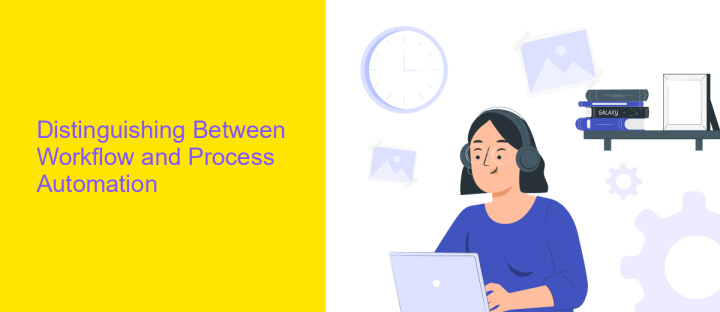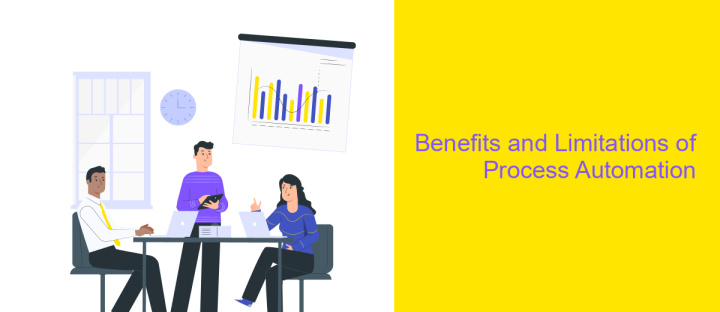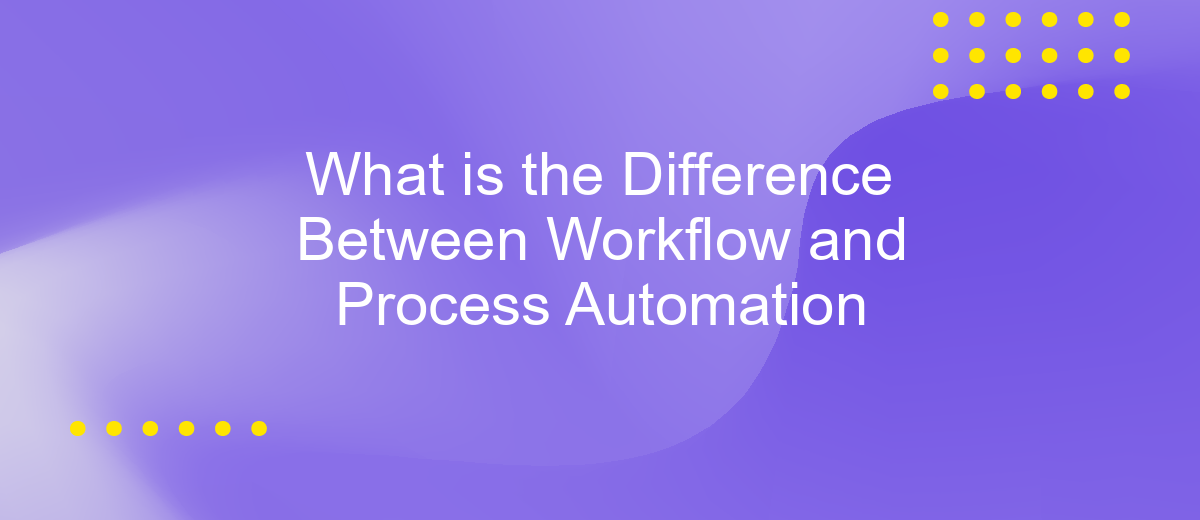What is the Difference Between Workflow and Process Automation
In today's rapidly evolving business landscape, efficiency and productivity are paramount. Workflow and process automation are two key strategies that organizations employ to streamline operations and reduce manual tasks. While often used interchangeably, these concepts have distinct differences. This article explores the nuances between workflow and process automation, helping you understand how each can be leveraged to optimize your business practices.
Understanding Workflow and Process Automation
Workflow and process automation are two critical concepts in modern business operations. Workflow automation involves the use of technology to streamline and automate a series of tasks or processes that are typically repetitive and time-consuming. On the other hand, process automation focuses on automating entire business processes, often integrating multiple systems and departments to improve overall efficiency.
- Workflow Automation: Streamlines individual tasks within a process.
- Process Automation: Automates entire business processes across various systems.
- Integration: Tools like ApiX-Drive help connect different systems for seamless automation.
- Efficiency: Both types aim to reduce manual effort and increase productivity.
Understanding the distinction between these two forms of automation is essential for businesses looking to optimize their operations. Workflow automation can be a great starting point for smaller, task-specific improvements, while process automation offers broader, more impactful changes. Services like ApiX-Drive facilitate these automations by providing easy integration solutions, ensuring that different software and systems can work together harmoniously.
Distinguishing Between Workflow and Process Automation

Workflow automation focuses on streamlining and automating the sequence of tasks or activities within a specific business process. It involves the use of software tools to create, manage, and monitor workflows, ensuring that tasks are completed in a specific order and within set deadlines. This type of automation is particularly useful for repetitive tasks and can significantly reduce the time and effort required to manage them, improving overall efficiency and productivity.
Process automation, on the other hand, encompasses a broader scope, aiming to automate entire business processes rather than just individual workflows. It involves integrating various systems and applications to enable seamless data flow and coordination across different departments. Tools like ApiX-Drive can be instrumental in process automation by facilitating the integration of diverse applications, enabling businesses to automate complex processes with minimal manual intervention. This holistic approach not only enhances efficiency but also ensures consistency and accuracy across the organization.
Benefits and Limitations of Workflow Automation

Workflow automation offers numerous benefits, streamlining operations and enhancing productivity. By automating repetitive tasks, organizations can save time and reduce human error, allowing employees to focus on more strategic activities. Additionally, automation facilitates better task management and ensures consistency in executing workflows.
- Increased efficiency and productivity
- Reduced human error
- Improved task management
- Consistency in workflow execution
However, workflow automation also has its limitations. Initial setup can be time-consuming and may require a significant investment in both software and training. There's also the risk of over-reliance on automated systems, which may lead to challenges if the system fails. Integrating various tools and platforms can be complex, but services like ApiX-Drive can simplify this process, offering seamless integration solutions. By understanding both the benefits and limitations, organizations can more effectively implement workflow automation to enhance their operations.
Benefits and Limitations of Process Automation

Process automation offers numerous benefits, streamlining repetitive tasks and improving efficiency. By automating processes, businesses can reduce human error, save time, and allocate resources more effectively. This leads to increased productivity and allows employees to focus on more strategic activities.
However, process automation is not without its limitations. Implementing automation can be costly and time-consuming, requiring significant upfront investment in technology and training. Additionally, not all processes are suitable for automation, particularly those requiring human judgment and creativity.
- Increased efficiency and productivity
- Reduction in human error
- Cost savings over time
- Improved resource allocation
For businesses looking to integrate various systems and automate workflows, services like ApiX-Drive can be invaluable. ApiX-Drive simplifies the integration process, allowing companies to connect different applications without extensive coding knowledge. This makes it easier to implement automation and realize its benefits while mitigating some of the associated challenges.


Choosing the Right Solution for Your Business
Choosing the right solution for your business involves understanding the unique needs and challenges of your operations. Workflow automation is ideal for streamlining repetitive tasks and ensuring consistency across routine processes. It is particularly useful for teams looking to improve efficiency and reduce manual errors. On the other hand, process automation is more suited for end-to-end business processes that require integration across multiple systems and departments. This approach can significantly enhance overall productivity and provide a more holistic improvement to your business operations.
When deciding between workflow and process automation, consider the complexity and scope of the tasks you wish to automate. For businesses that require seamless integration between various apps and systems, services like ApiX-Drive can be invaluable. ApiX-Drive simplifies the integration process, allowing you to connect different software solutions effortlessly. This can be particularly beneficial for businesses looking to automate complex processes without the need for extensive technical expertise. Ultimately, the right solution should align with your business goals, enhance efficiency, and provide a clear return on investment.
FAQ
What is the main difference between workflow automation and process automation?
Can workflow automation and process automation be used together?
What are the benefits of using workflow automation?
How does process automation enhance business operations?
What tools can be used to implement workflow and process automation?
Do you want to achieve your goals in business, career and life faster and better? Do it with ApiX-Drive – a tool that will remove a significant part of the routine from workflows and free up additional time to achieve your goals. Test the capabilities of Apix-Drive for free – see for yourself the effectiveness of the tool.

